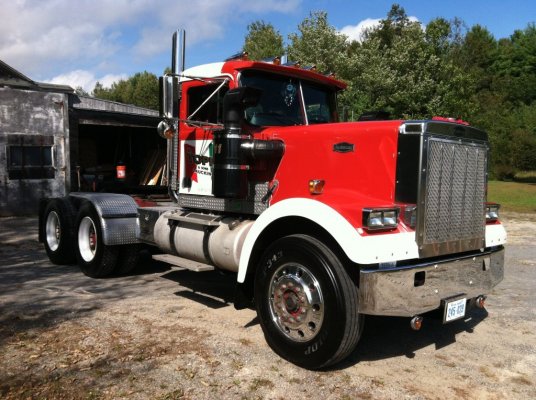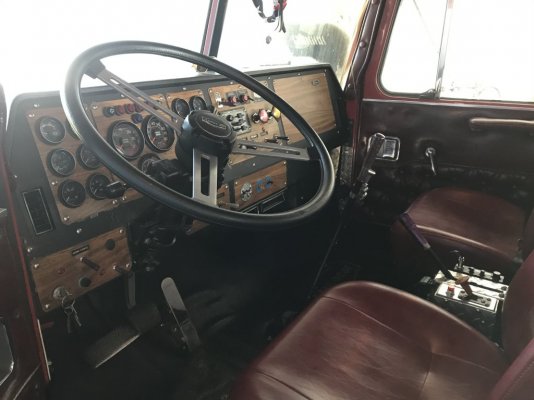Tim,
Let me throw some numbers at you for your consideration. I just received a 1989 GM Trailering guide, to use as a guide for the restoration of my 1991 Suburban V-1500.
I'm going to assume the '89 figures for trucks would be the same (or in the ballpark) for your 1987 K30. I have been heavy hauling commercial and private owned trailers (mine) for 35 years. Former CDL with a doubles and triples endorsement (also tanker, passenger, and hazmat, but those don't matter in this discussion).
1989 K(V) 30 is rated for 10,000 GVWR with DRW, and a max trailer weight of 10,000 with 4.10 gearing (13,000 with 4.56 gears (a lot less for both figures for a SRW). The CGWR (Combined Gross Weight Rating) is 16,000 with 4:10 gearing (19,000 with 4.56 gearing). How the numbers work is you take your vehicle curb weight of 5441 lbs, add 150 lb per person, plus any extra items like tools and tiedown chains and strapping, lets say 500 lbs. Total 6,091 plus weight of the cargo trailer. I used to own a GN 40' deck triple axle car/hay hauler. The empty weight was 5050. So just for an example we'll use that in our calculations. 6091+5050=11,141 lbs. Subtract this from your CGWR of 16,000-11,141=4,859 (19,000-11,1141=7,859) payload capability. Not much when you consider a load of drill stem pipe for oil/gas applications can be 10-15,000 lbs. Or a genset or motor for a drill rig can be 10,000-12,000 lbs. The figures for a 6.2 diesel are a lot less than the 454 gasser. Of course, boatloads of folks exceed the CGWR on a daily basis with the current crop of diesel trucks. The lucky thing is that for most folks who exceed this CGWR is this figure is the truck manufacturers recommendation. The hard (legal) numbers are the GVWR's for tow vehicle plus load.
Now, lets look at your 30' GN cargo trailer. If it has dual tandem axles, they are generally rated at 10,000-12,000 per axle. If the trailer is single wheel axles, probably 7,000 axles (maybe 8,000's) x2. If dual tandems, the trailer is rated for 24,000 GVWR. Add the GVWR of The K(V) 30 (10,000 lbs) and the GVWR goes up to 34,000. Max rating for a combo rig without a CDL is 26,000. Go up to 26,001 and you are now in the mandatory CDL weight range. I still own and operate an Oversized Load Pilot Car company, and routinely go thru multiple scale houses in different states. Let me be emphatic in saying these folks have no sense of humor regarding overweight violations. They will issue you a large fine ticket, impound your rig on the spot, and require you to find a CDL driver to move it. Yes, you can always leave the trailer and take your truck, but you're leaving a valuable trailer, and more importantly your customers load unattended. Not a way to instill confidence in your company.
Now let's cut to the bottom line. I have never seen a hot-shot company operate without a DOT number. This requires a CDL driver, commercial insurance, and your own operating authority. The big thing in successful hot-shot operations is repeat business and word of mouth recognition. Another thing most shippers will ask for is your DOT number and insurance policy. Don't have them=no load consignment
To answer your question, your truck may be able to do it, assuming your trailer is light enough to stay under the CDL umbrella. But how many jobs will you get with a 5-8K payload capacity? Should you do it? Only the guy in your bathroom mirror can answer that.
IMHO, go get your CDL. It's not a tough test, and will open many doors if you're interested in that industry.
(Edited to amplify/correct some points/figures).




